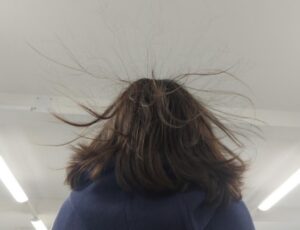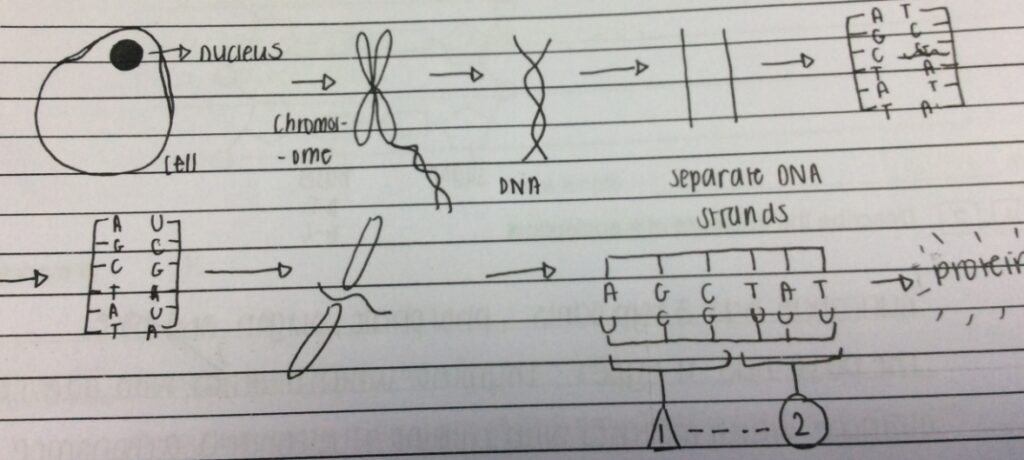As part of their GCSEs, Year 11 have been studying the origins of the early Earth and its atmosphere. The main theory is that 4.6 billion years ago, the atmosphere was mainly carbon dioxide with some nitrogen and no oxygen. This is very much like the atmosphere of Mars or Venus today. The students need to be able to describe the composition of the early atmosphere and describe all the steps that took place to allow the atmosphere to change into our modern-day atmosphere. To represent this and link into our current ‘Arts Across the Curriculum’ theme, Year 11 were tasked with creating a storyboard to detail all the key moments; the evolution of plants, the formation of the oceans and decreased volcanic activity, that allowed the atmosphere to evolve into what we currently have today. We then went onto look at how we have now started to change our current atmosphere and how this is causing climate change. This links very well with current affairs after 3 different storms occurring in just 1 week, leading to the first red weather warning in 4 years!
By using storyboards, it allows students to visualise the changes that took place and enables them to focus on the main ideas to allow them to create better links for retrieval of the knowledge at a later date. There were some excellent examples and some well-deserved Head’s Commendations awarded! Great job, Year 11!
Mr Dean
Teacher of Science

























